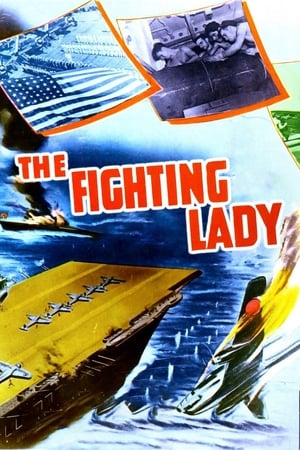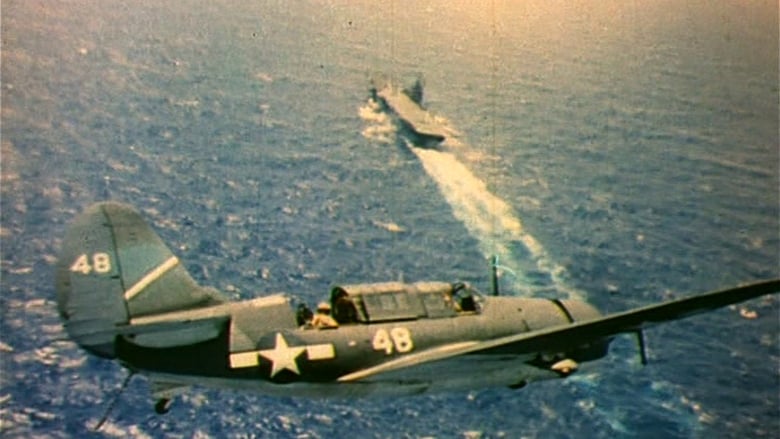
The Fighting Lady (1944)
1h 1m | PG-13
Oscar winner William Wyler directed this 1944 "newsdrama," narrated by Lieut. Robert Taylor, USNR (Bataan), and photographed in zones of combat by the U.S. Navy. The film follows one of the many new aircraft carriers built since Pearl Harbor, known as THE FIGHTING LADY in honor of all American carriers, as it goes into action against the Japanese in the Pacific Ocean in 1943. See the ship and its pilots undergo their baptism of fire, attacking the Japanese base on Marcus Island. Preserved by the Academy Film Archive in partnership with The Film Foundation.
Director: Edward Steichen
Studio: United States Navy
Genre: War, Documentary
Video: 720p
Cast

Charles Boyer
as Narrator (French version)

Robert Taylor
as Narrator

John S. McCain
as Himself

Joesph J. Clark
as Himself (as Jocko)

Dixie Kiefer
as Himself (as Dixie)
Reviews
This is quite a fascinating look at life aboard a US Navy aircraft carrier fighting the Japanese during WWII. Narrated by Robert Taylor, it takes us to the hidden innards of this wooden-decked floating fortress complete with thousands of men, thousands of tonnes of materiel, food, weapons and equipment and it explains how meticulously the ship is run and her operations carried out. Plenty of real action photography as the planes take off and land - not always in the same state - demonstrates just how perilous life aboard these ships could be. It is an unashamedly jingoistic film - made to extol the magnificence of the efforts being made by their service personnel to an audience back home, and at that is effective. Narration is an art in itself, though, and I tired of Taylor's rather mono-tonal storytelling after a while - he needed to speak less and let us watch and listen more. It's creatively intercut with action photography than combined with the flimsiness of the planes, the surging of the seas and, of course, the wartime battle scenes go some way to reminding us just how dangerous their daily lives were. Maybe a bit on the dry side, but given when it was made that's hardly surprising.
